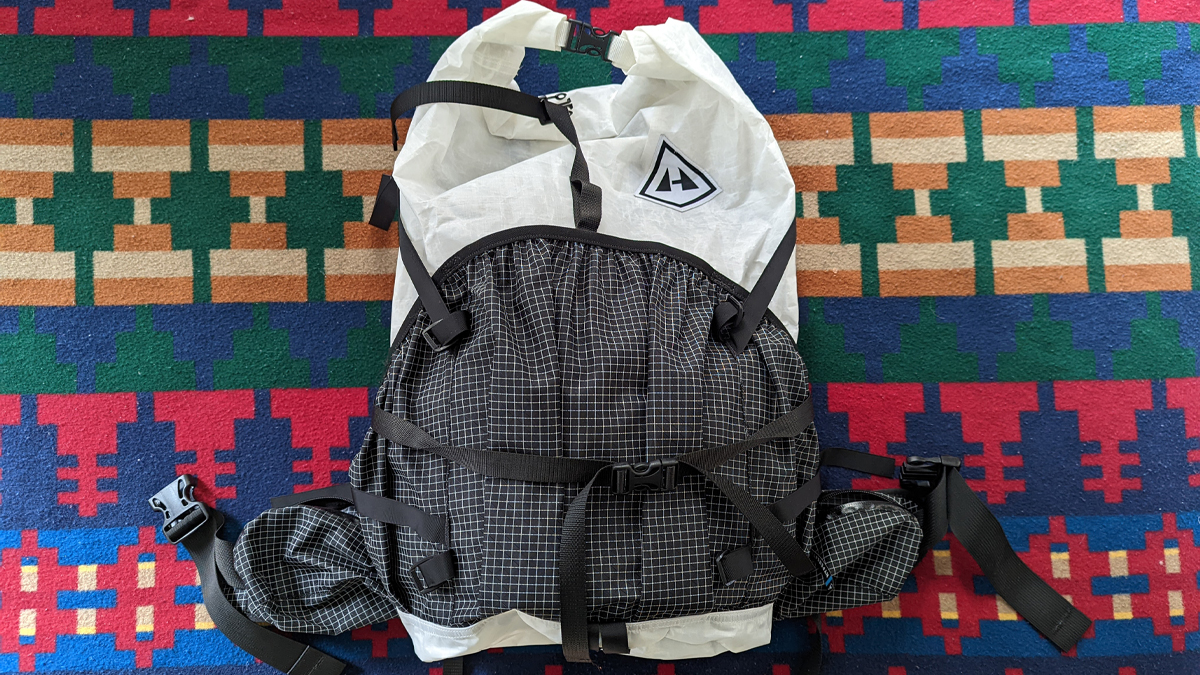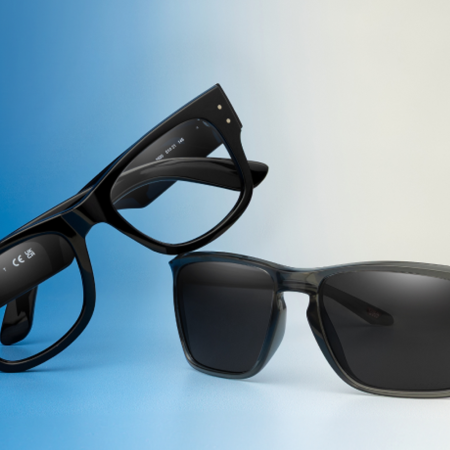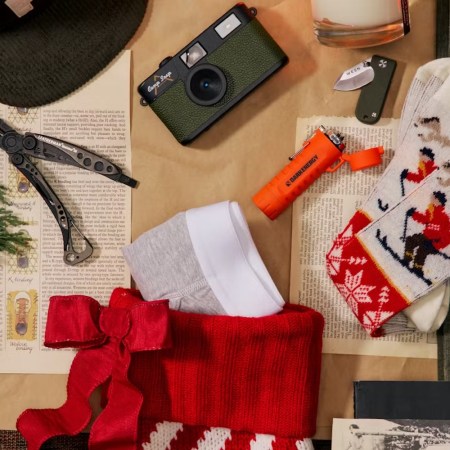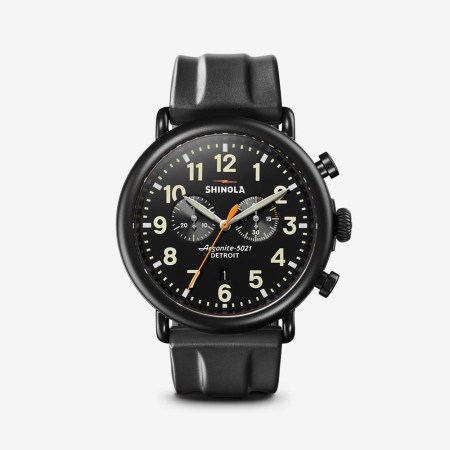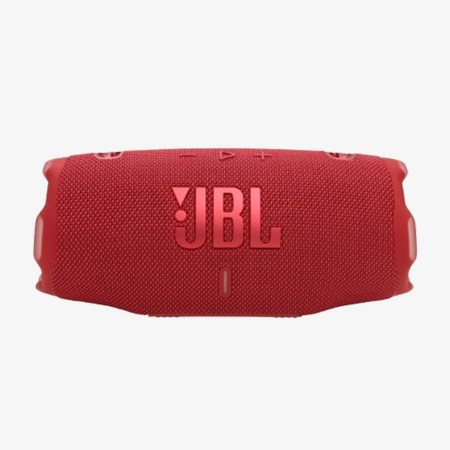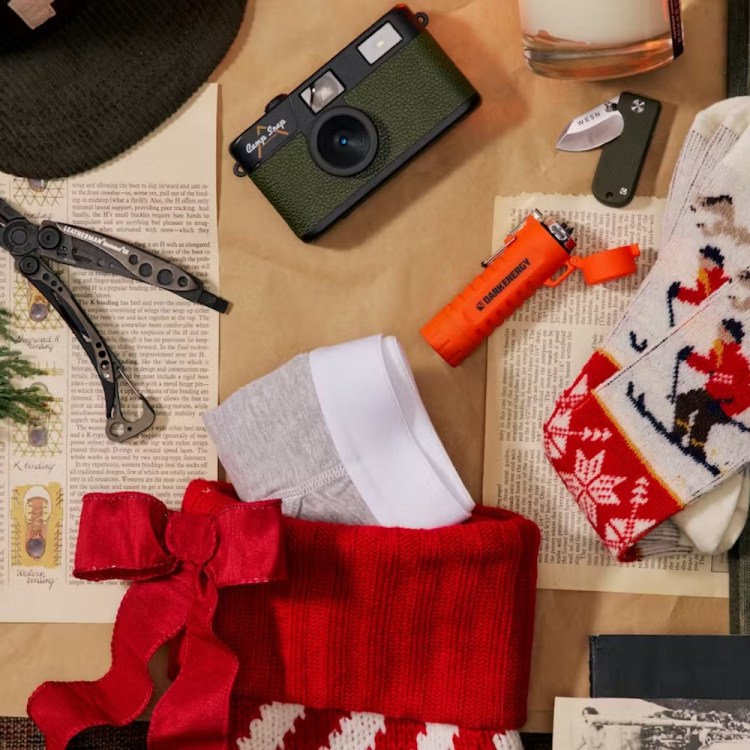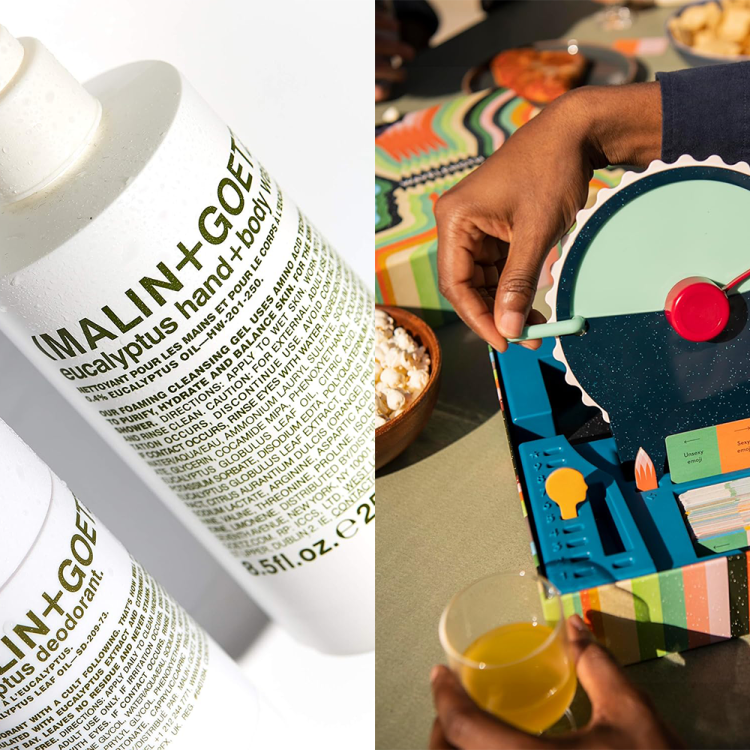Nota bene: All products in this article are independently selected and vetted by InsideHook editors. If you buy something, we may earn an affiliate commission.
From the trekkers toiling away in the humid hills of the east to the wanderers marching their way over summits out west, you’d be hard-pressed to find a dedicated hiker in this world that hasn’t yet heard of Hyperlite Mountain Gear (HMG). The Biddeford, Maine-based outfitter got its start in 2010 as an ultralight backpacking cottage brand when “ultralight” was still a fringe concept reserved for those thru-hiking the country’s longest trails.
But times have changed.
Nowadays, ultralight gear isn’t a foreign concept, but a movement that’s redefining our relationship with the outdoors. You can find ultralight gear for sale at major retailers across the country while online communities exist with the sole purpose of dissecting equipment by ounces and grams (pounds are mostly prohibited). At the center of it all is HMG, a label that has become one of the most recognizable names in ultralight equipment, even as like-minded cottage brands multiply with each passing year.
In spite of its established appeal, I’ve never actually tested a Hyperlite pack in the field. I’m mostly married to my current setup that embraces the heavier fabrics, suspension systems and pockets upon pockets that have come to define traditional packs. But after a few friends set off for thru-hikes earlier this year with a Hyperlite in tow, I decided to get my hands on one of the brand’s best-selling bags, the Southwest 2400. It weighs a staggering three pounds less than my pack and while it also comes with 15 fewer liters of storage space, I saw that only as an opportunity to shed excess weight.
Miles later, I’ve come to understand what makes this pack so popular, from the quality craftsmanship to the curated features. In fact, I love it so much that I’ve since found myself using the Southwest 2400 whenever possible (my other faithful pack occupies space in the closet, for now). As it turns out, this pack is far more capable than I ever thought a barebones backpack could be.
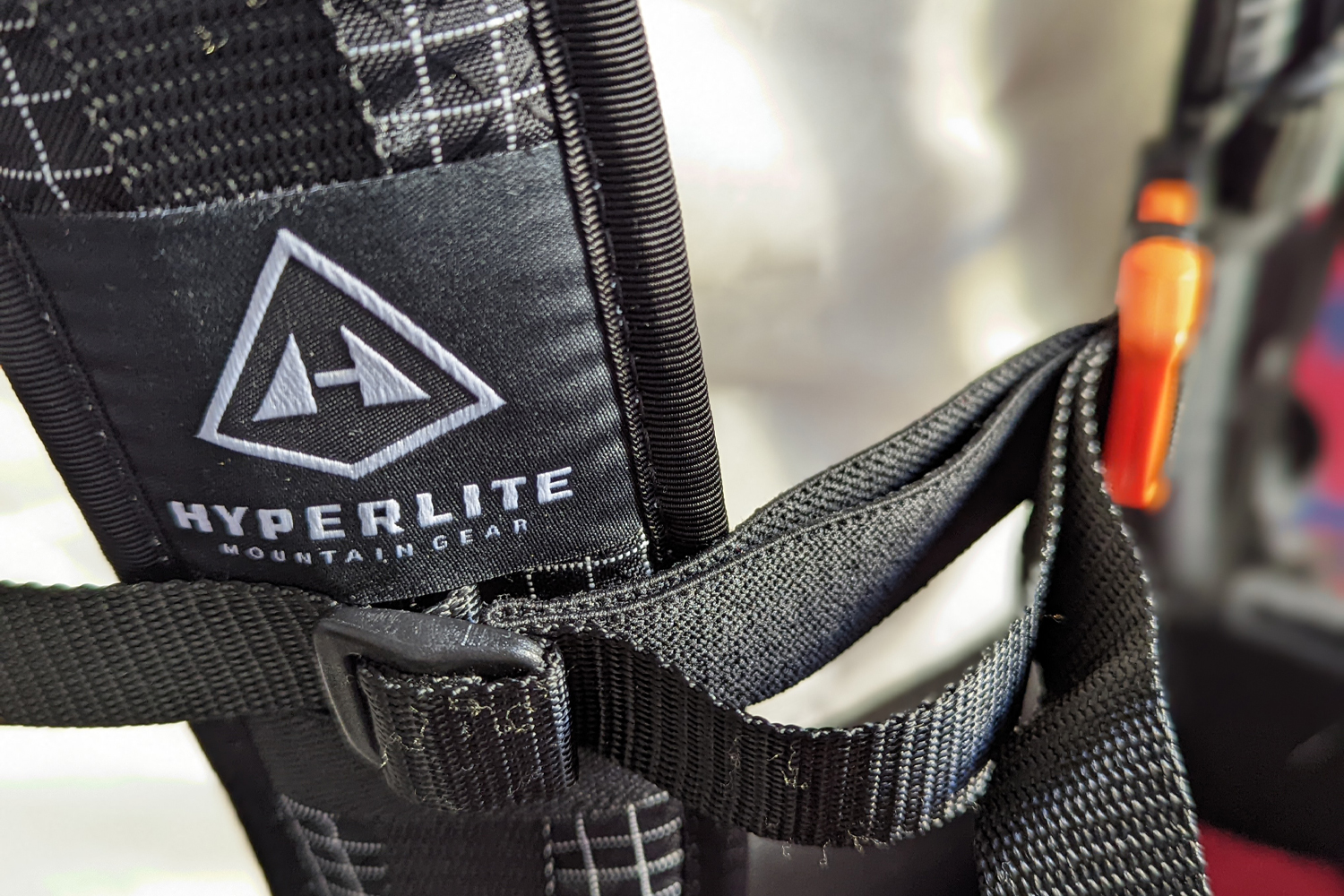
Facts & Figures
To better understand the allure of the Southwest pack, let’s take a closer look at its basic features. Made with Dyneema, a lightweight fiber that’s stronger than steel at the molecular level, the Southwest weighs a mere 30.1 ounces (1.88 pounds), putting it in a small group of sub-two-pound 40-liter packs. It comes with 40 liters of internal storage space and an additional 10 liters of external storage, though you can expand that figure with HMG’s backpack accessories. The design embraces a single deep pocket that’s secured at the top via Velcro and buckle, and a small section of mesh along the interior secures essentials.
In reality, it’s the wonders of Dyneema that make the Southwest so impressive. The fiber’s ideal strength-to-weight ratio maintains durability without dragging you down. By comparison, a traditional 40-liter pack from Osprey (like the Exos 38) weighs a whole pound more and doesn’t feature 10 liters of external storage space. Dyneema is also water-resistant, so the pack is capable of protecting whatever you decide to haul, even in inclement weather.
Despite its barebones design, Hyperlite made very few compromises that the average hiker would yearn for on the trail. There’s still a series of pockets on the outside to hold fluids and extra layers, and the hip belt (also complete with pockets) is thoughtfully padded. Inside, that small section of mesh along the back is perfect for toiletries or small objects, and the rest of the pack is completely open, giving you an opportunity to organize and store goods however you choose. After a few days on the trail in New Hampshire, I was incredibly grateful for the sleek design and spacious main compartment, as well as the wide roll-top opening that made accessing gear a breeze.
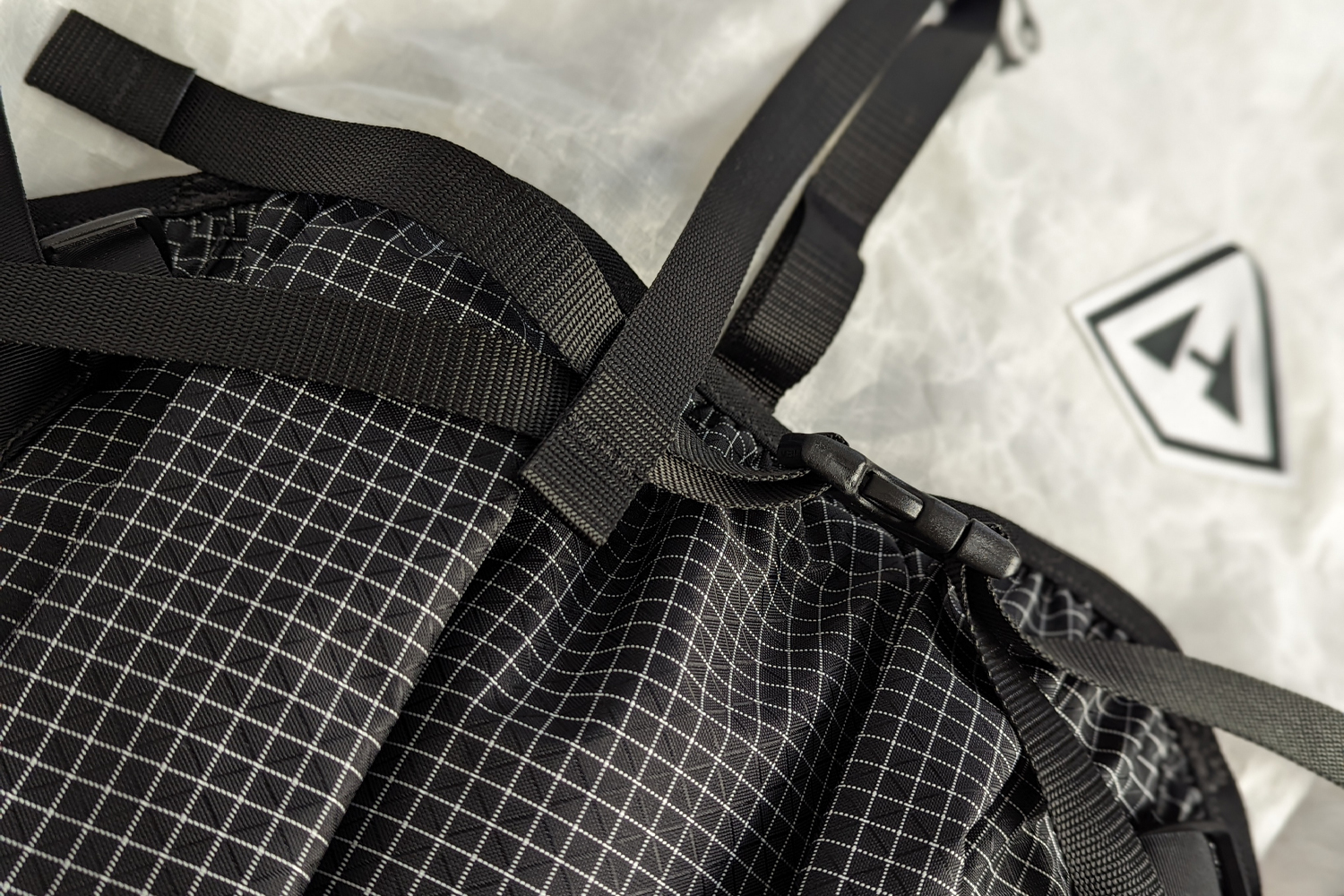
Loads of Comfort
My biggest fear with any ultralight pack is the tradeoff between weight and comfort. For every ounce of padding and suspension you shed, there’s a greater chance that what you have left will be unforgiving after miles on the trail. But those worries were expelled the moment I stuffed this pack with gear and threw it on my back. The aluminum frame stays fit the natural contours of my back perfectly and the 1/4-inch foam backpanel prevented edges and bulges from digging in where they shouldn’t.
While I’m accustomed to beefier cushioning through the hips and chest, the improved fit added loads of comfort even when stuffing the pack with 30+ pounds of gear (its maximum capacity is 40 pounds). I’ve heard others discuss hotspot issues through the armpits and chest, but this might be a result of the unisex design, and the materials admittedly take a few days to break in. But what I really appreciate is the different sizing options (small, medium, large and tall) that are far less vague than the traditional small/medium and medium/large sizes from other brands. Dialing in the perfect fit provided far more comfort than I would have assumed.
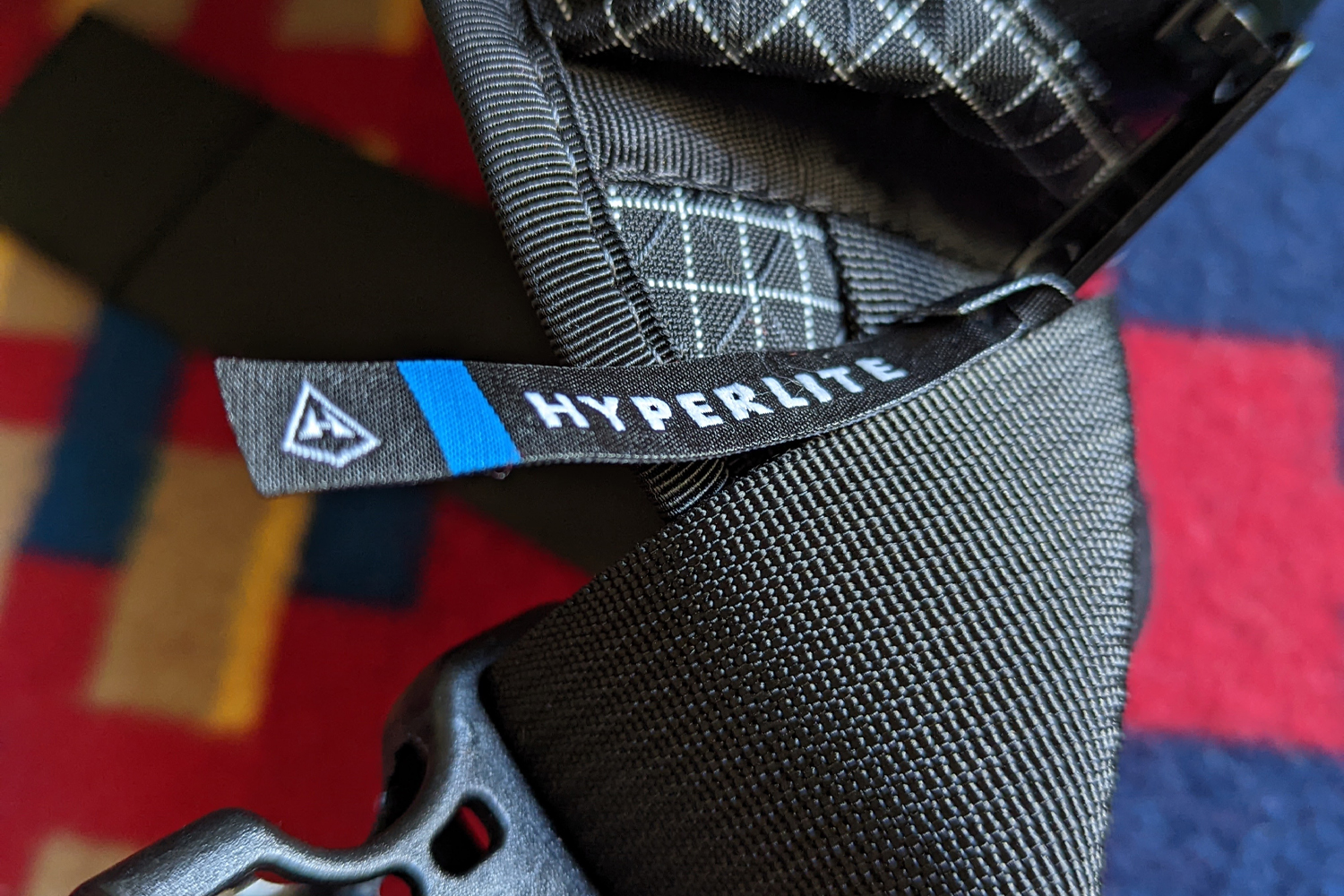
Quality & Durability
This is a good time to mention that Hyperlite Mountain Gear designs different packs for different environments. Some bags are designed for alpinism among snow-capped mountains and others for wet, wooded environments, but the Southwest series is built for dry, rocky environments. As such, it’s built to handle the pointy edges of stone and unforgiving vegetation that would tear other ultralight packs to shreds. Despite its minimalist build, the pack showed no obvious signs of wear throughout its testing. After dropping, dragging and hauling the pack over rough terrain, everything still seems in order, from the sealed seams to the Velcro closure.
It’s worth noting that HMG builds most of its gear in the U.S., which explains the quality and attention to detail. For years, it solely built products at its Maine headquarters, but the demand for hiking equipment increased so dramatically over the course of the pandemic that the brand was forced to move some operations to Mexico. That said, every step of the process is closely monitored for quality, and materials are sent south of the border directly from the Maine HQ. While some saw the move as a tragic loss of American craftsmanship, my experience leads me to believe that the quality hasn’t changed much at all. These packs are almost indestructible, and you can repair one with a Dyneema patch kit courtesy of HMG if for some reason your pack should ever fail.
Parting Thoughts
The Southwest 2400 isn’t a paragon of backpacks. At $320, it’s expensive for a 40-liter sack, especially when you consider the fact that it lacks a lot of noteworthy features. It’s also tough to stay organized without internal pockets, and I wish more than anything that HMG would include just one internal zippered pocket for valuables. It doesn’t breathe very well through the back and the white model is made with 50-denier fabric while the black model uses 150-denier fabric (that costs $20 extra), so it’s also not the strongest option in the Southwest lineup.
Drawbacks aside, I’ve really come to understand why so many hikers reach for this pack and other Hyperlite models. They’re astonishingly lightweight given their size but still maintain a basic level of comfort. The main compartment is waterproof, a feat traditional packs can’t beat without a rain cover. And despite its feathery design, it’s still incredibly durable thanks to modern fabrics and quality craftsmanship. What’s more, the Southwest series features three different pack sizes, making it easy to find the one you need whether you’re backpacking for a weekend or setting off on your first thru-hike. Pick one up and you won’t soon regret your decision.
We've put in the work researching, reviewing and rounding up all the shirts, jackets, shoes and accessories you'll need this season, whether it's for yourself or for gifting purposes. Sign up here for weekly style inspo direct to your inbox.
